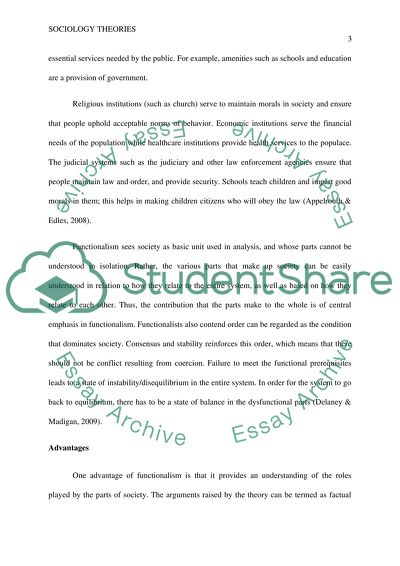Cite this document
(“Sociology theories Essay Example | Topics and Well Written Essays - 4000 words”, n.d.)
Retrieved from https://studentshare.org/sociology/1402001-sociology-theories
Retrieved from https://studentshare.org/sociology/1402001-sociology-theories
(Sociology Theories Essay Example | Topics and Well Written Essays - 4000 Words)
https://studentshare.org/sociology/1402001-sociology-theories.
https://studentshare.org/sociology/1402001-sociology-theories.
“Sociology Theories Essay Example | Topics and Well Written Essays - 4000 Words”, n.d. https://studentshare.org/sociology/1402001-sociology-theories.


